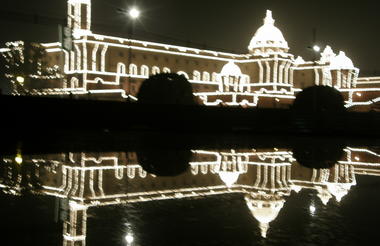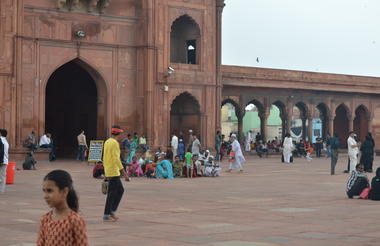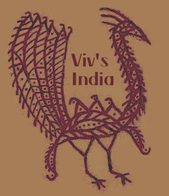Vast, diverse, deeply spiritual and utterly unforgettable, India is unlike anywhere else on earth – a melting pot of ethnicities and religions, a treasure trove of history and culture, and a curious mixture of chaos and serenity. Stretching across more than three million square kilometres, it encompasses a staggering array of landscapes, vistas and environs, and offers unparalleled travel experiences – from the beautiful beaches of Goa, to the compelling craziness of Kolkata, the sacred Ganges river banks of Varanasi, the snow-capped peaks of the Himalayas in Kashmir and the ancient, exquisitely crafted temples dotted across the entire country. Not to mention the vibrant, friendly people, and the incredible cuisine.
India’s capital, New Delhi, lies on the Indo-Gangetic Plain, within the National Capital Territory of Delhi. Made up of the ancient walled city of Old Delhi and the more modern sector, New Delhi, the city encompasses a staggering array of beautiful buildings, including three UNESCO World Heritage Sites – the grand, sandstone Red Fort, striking Qutab Minar, and fascinating Humayun's Tomb. Architecture enthusiasts will delight in the iconic Lotus Temple. Hear ‘qawwalis’ (devotional music) at the dargah (tomb) of the Sufi saint Nizam-ud-din Auliya; or wander through the 17th century Chandni Chowk marketplace – still one of the city’s most popular retail centres today, famous for its traditional jewellery and saris. The gorgeous Sunder Nursery and Lodi Garden provide calm, flower-filled oases for picnicking.



Set on the banks of the Yamuna River in Uttar Pradesh, Agra is a beautiful city famous for its incredible Taj Mahal building, one of the seven wonders of the world. Commissioned by the Mughal emperor Shah Jahan in the 15th century as a memorial to his beloved wife Mumtaz Mahal, this is an architectural masterpiece of exquisite craftsmanship and perfect proportions. The city boasts numerous other superb attractions, including the red-hued sandstone Agra Fort, built in the 16th century; the Shahi Jama Masjid mosque, a 17th-century congregational mosque located in the historic core of Agra, and Itmad-ud-Daulah’s tomb, with its white marble facade embellished with intricate inlaid designs, also called the' Baby Taj'.
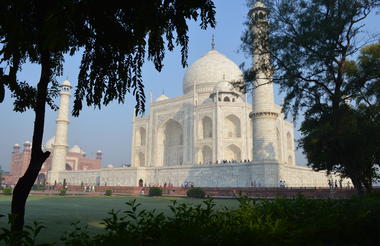
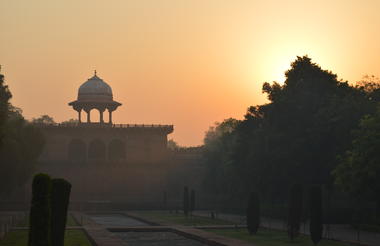
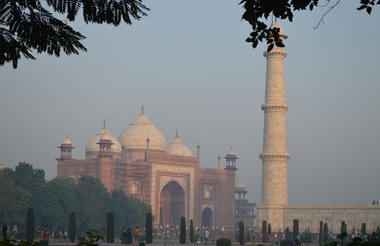
A small town in Rajasthan, Sapotara or Sapotra is close to Karauli, Bamanwas, Gangapur, and Karanpur. The primary attraction here is the historic Ramathra Fort, along with the gorgeous Kalisil Lake, and Sapotara also has a lovely little entertainment area where visitors can find excellent theaters, restaurants, and cinemas. The vast wild and open natural landscapes that surround the town offer superb hiking, star-gazing, and bird-watching opportunities (look out for kingfishers, herons, and waterfowl). Nature-lovers should also make sure to visit the enthralling Kailadevi National Park, neighbouring Daang plateau to discover several hidden shrines, Keoladeo Ghana Bird Sanctuary in Bharatpur, and Ranthambore Tiger Reserve in Sawai Madhopur. Animals to look out for in this area include several types of deer, wild boars, sloth bears, panthers, jackals, and wolves.
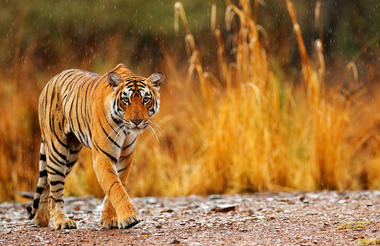
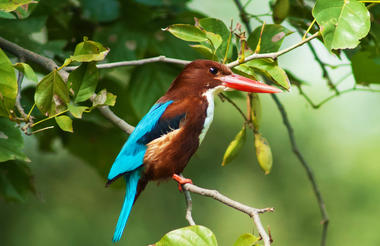
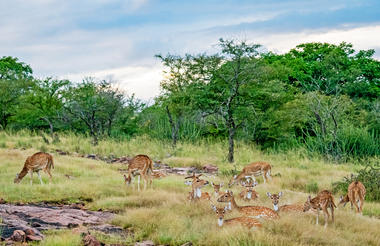
Fringed by the rugged Aravali Hills, Jaipur, nicknamed the ‘Pink City’ for its salmon-hued terracotta buildings, is the capital and largest city in the Rajasthan State. This metropolis combines tradition and modernity with its vibrant bazaars, lavish palaces, and ancient temples. Don’t miss the fairy-tale splendour of the Amber Fort, set against the backdrop of the arid landscape and hosting enthralling sound and light shows; the UNESCO-listed Jantar Mantar, a collection of 300-year-old astronomical tools which look like contemporary art; and the opulent City Palace, with its palatial structures, sprawling gardens, and atmospheric courtyards. Jaipur falls within the Golden Triangle, a popular tourist circuit, which includes Delhi, Jaipur, and Agra, and it also serves as a gateway to the neighbouring desert cities of Jaisalmer and Jodhpur.
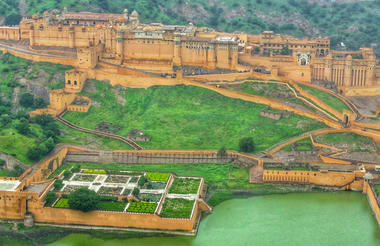
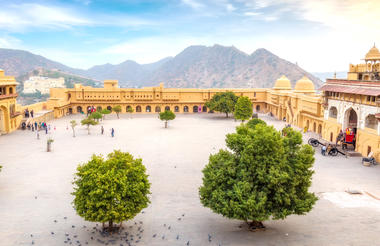
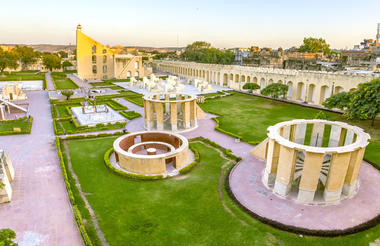
Known as the gateway to the Thar Desert, Jodhpur is the second-largest city in the state of Rajasthan, India. It is a popular tourist destination featuring a variety of ornate palaces, age-old forts, and sacred temples. Dubbed ‘The Blue City’, the old city contains houses in a beautiful shade of indigo. While Jodhpur is largely a sprawling modern metropolis, enclosed within its old city walls is a labyrinth of winding, narrow medieval streets, and bazaars. The massive 15th-century Mehrangarh Fort, which towers over the city from its sandstone plinth, is one of the largest in the country. Other must-see attractions include the Umaid Bhawan Palace, one of the world's largest private residences; and the Jaswant Thada, an intricately carved white marble mausoleum.
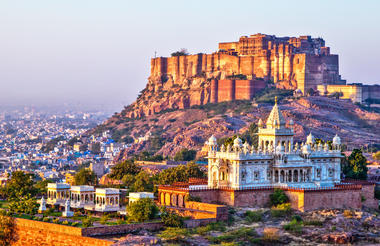
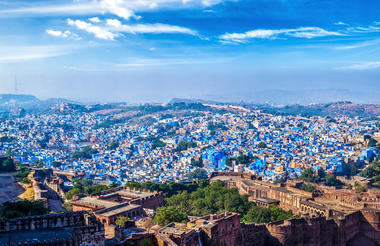

Dubbed the ‘Venice of the East’, the city of Udaipur is built around three interconnected lakes – Lake Pichhola, Fateh Sagar Lake, and the smaller Swaroop Sagar Lake – and is encircled by the hills of the Aravalli mountain range. It is home to an array of ancient temples and fairy-tale-like palaces (several of the latter have been converted into luxury heritage hotels) and is known as one of Rajasthan’s most beautiful and romantic cities. Must-see attractions include the City Palace, the Lake Palace (set on a small island in the middle of Lake Pichola), and the Udaipur Solar Observatory – Asia’s premier solar-gazing site.

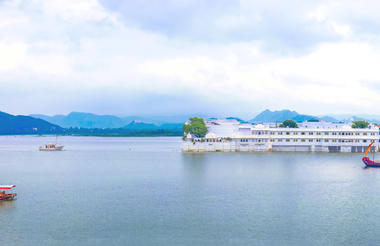
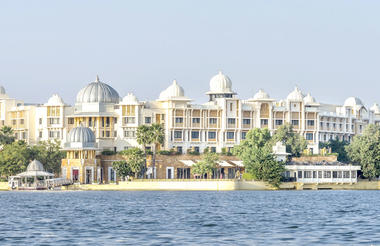
Bordering the eastern edge of the sun-drenched Thar Desert, in the Indian state of Rajasthan, Pushkar is a sacred Hindu pilgrimage town known for its relaxed atmosphere, countless whitewashed temples and mythical holy lake. While this enchanting town is popular with travellers, it has managed to retain its authenticity and connection to its pilgrim roots. Pushkar offers visitors a variety of attractions including: the 14th-century Jagatpita Brahma Mandir temple, the only Brahma temple in India; the annual Camel Mela, the largest camel fair in the world; and the lively Safara Bazaar, offering locally made textiles, leather goods, jewellery and much more. Tour operators offer exhilarating camel and horse riding safaris as well as quad biking adventures into the surrounding desert.
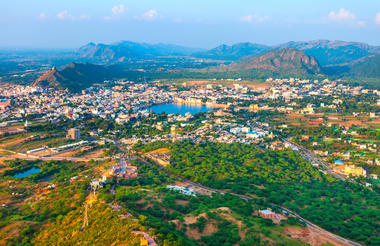
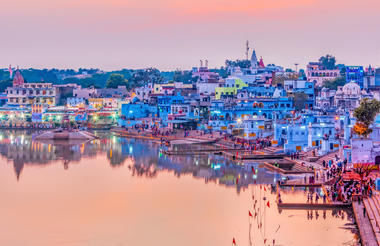

Nestled within the Aravalli hill ranges in the Alwar of northwest Rajasthan, Sariska National Park is a nature reserve with a stately past as the former hunting ground of the Maharajas of Alwar. The reserve's 800 square kilometres of grasslands, dry deciduous forests, sheer cliffs and rocky landscape are home to leopards, wild dogs, jungle cats, hyenas, jackals, and the majestic Royal Bengal Tiger. These animals feed on an abundance of prey species such as Sambar, Chitel, Nilgai, Chausingha, Wild Boar and Langur. Sariska is also well known for its large population of Rhesus Monkeys, which are found in large numbers around Talvriksh. Within the park, guests can also visit the ruins of the Nilkath Mahadev Temple and the Garh-Rajor Temple, built in the 9th and 10th centuries,
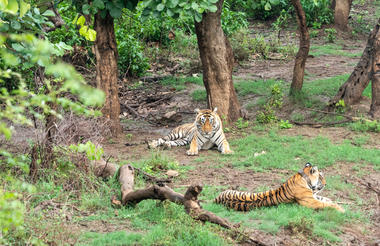
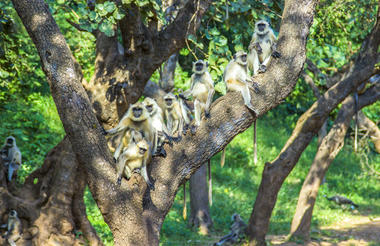
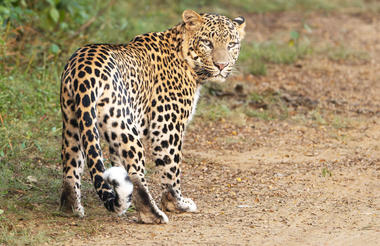
As previously described

